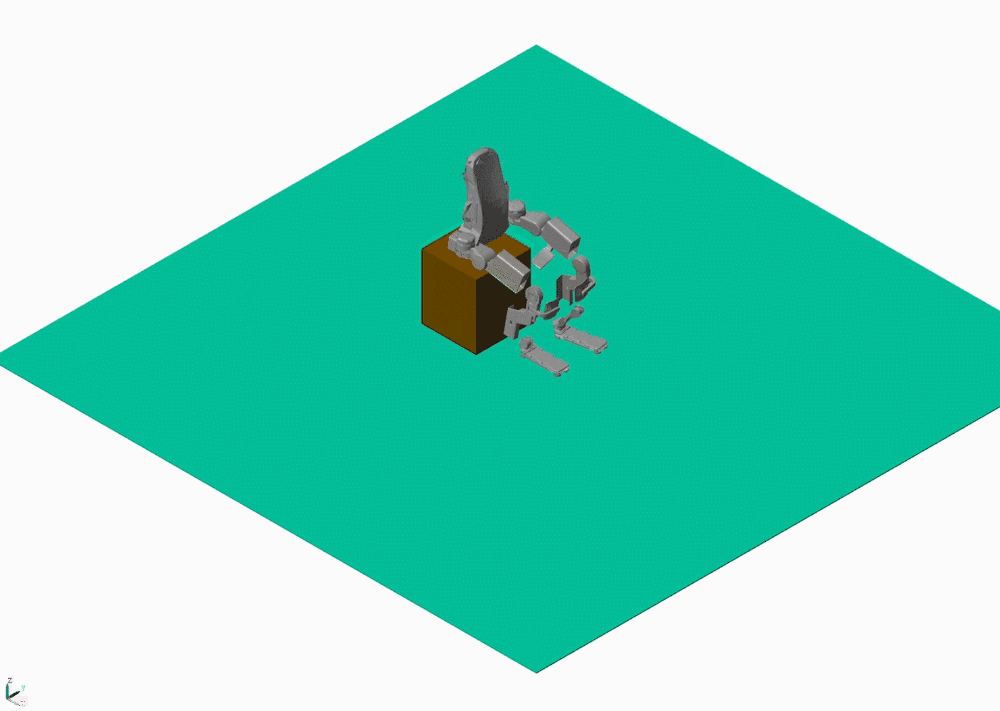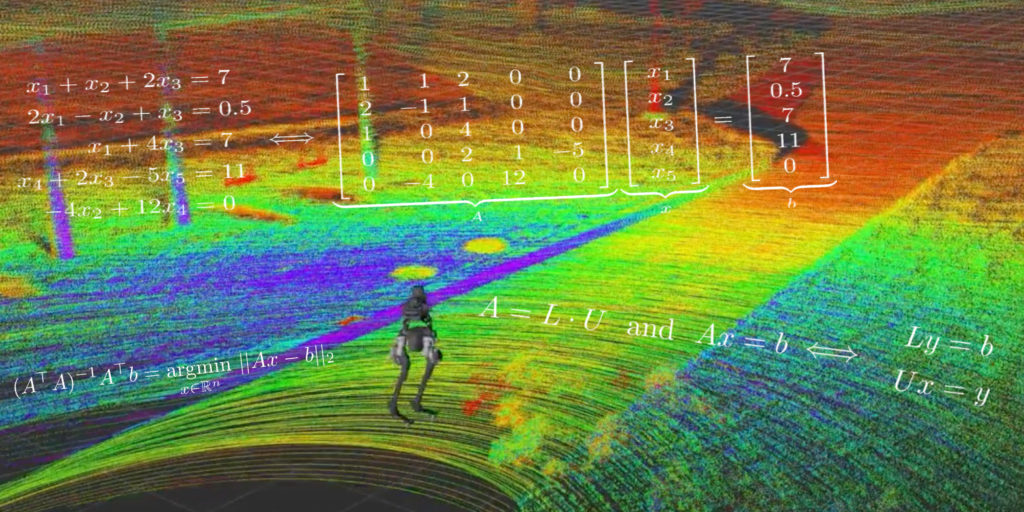Helping robots learn what they can and can’t do in new situations
May 19, 2021
The models that robots use to do tasks work well in the structured environment of the laboratory. Outside the lab, however, even the most sophisticated models may prove inadequate in new situations or in difficult to model tasks, such as working with soft materials like rope and cloth.
To overcome this problem, University of Michigan researchers have created a way for robots to predict when they can’t trust their models, and to recover when they find that their model is unreliable.
“We’re trying to teach the robot to make do with what it has,” said Peter Mitrano, Robotics PhD student.
Continue reading ⇒
